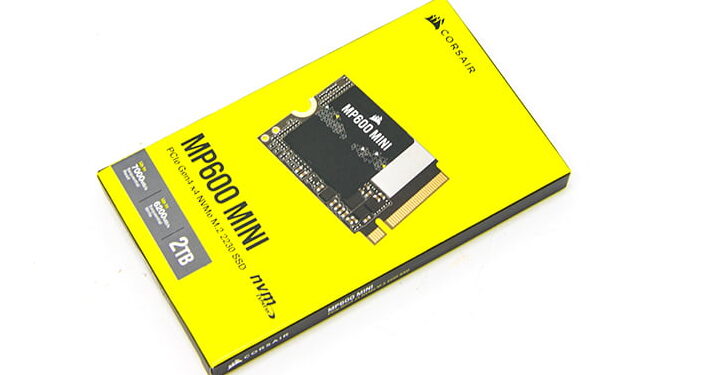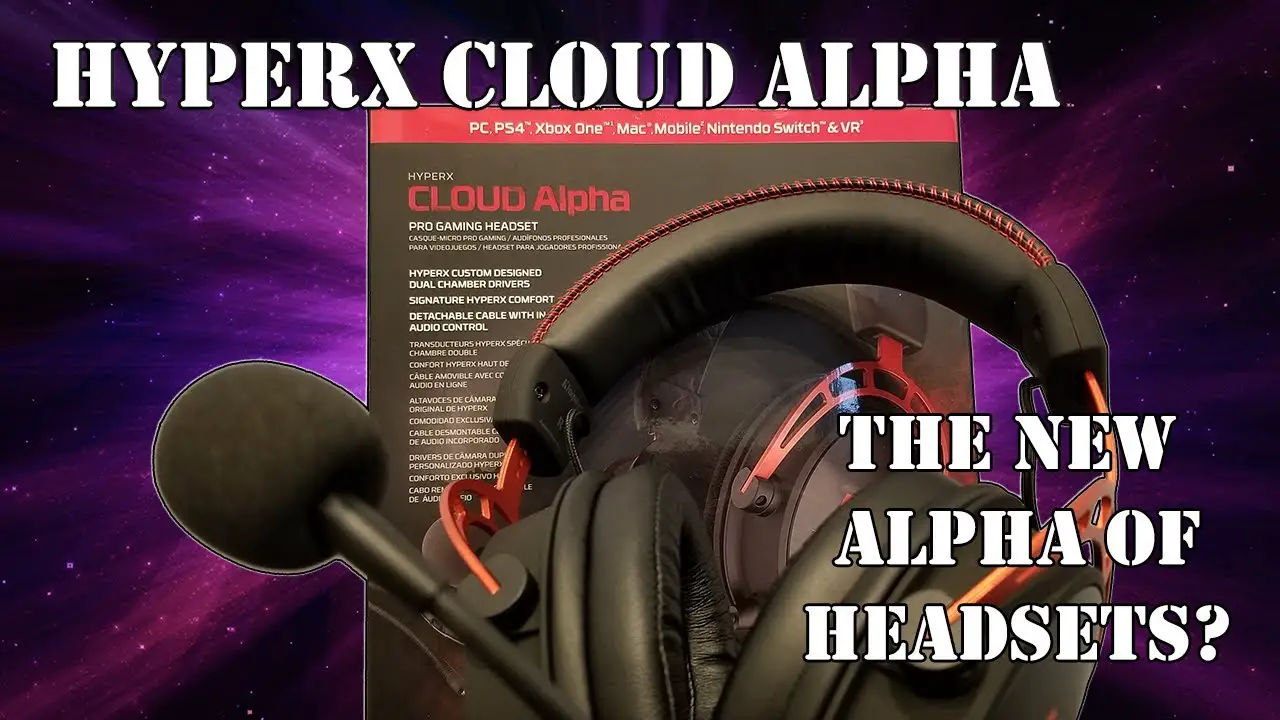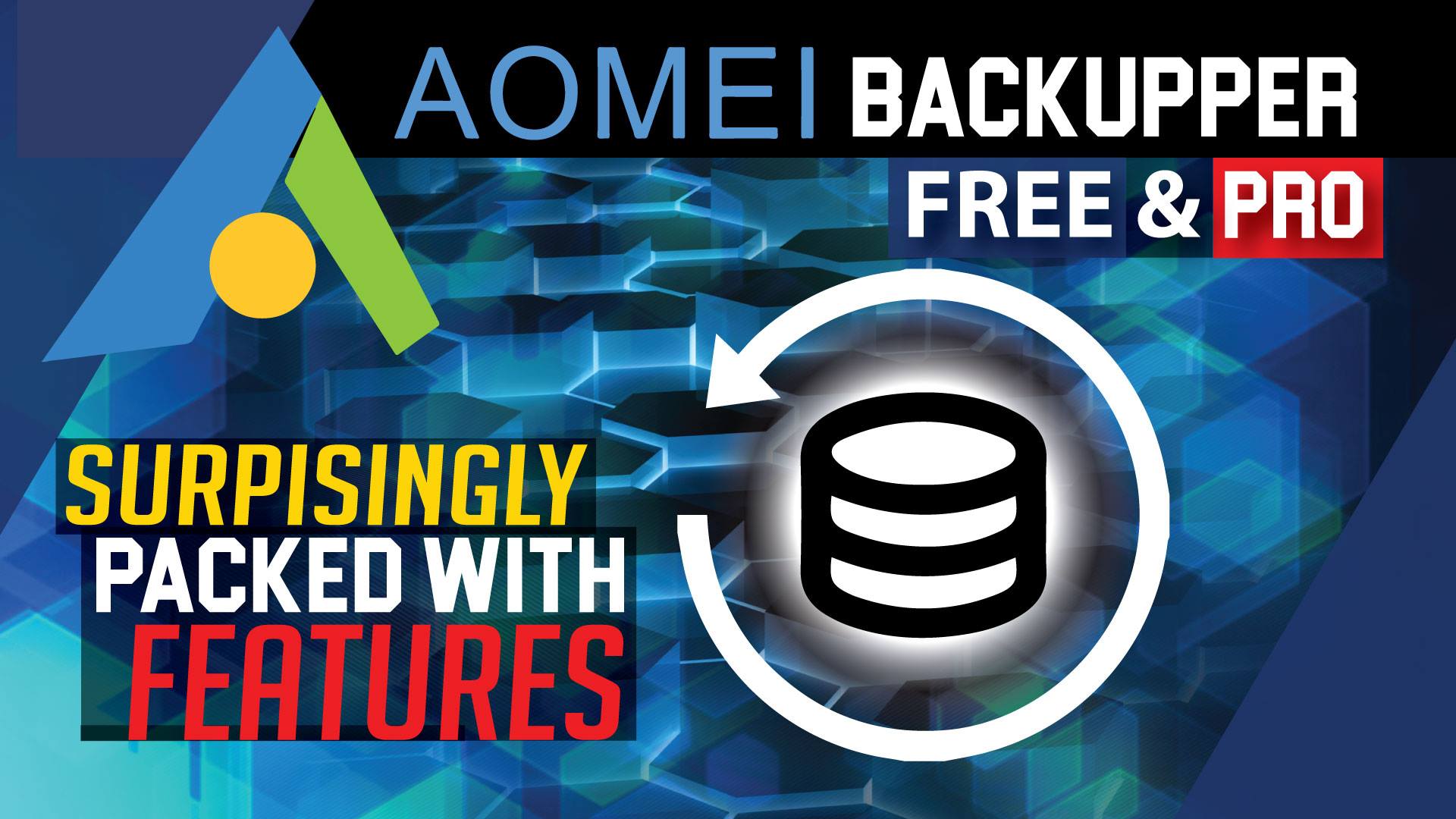Recently we took a long hard look at the leading edge of M.2 Solid State Storage and walked away impressed. Surprised by what we found… but impressed. No. We are not talking about the Corsair MP700 Pro SE (which is indeed impressive). We are talking about the other leading edge. Where the drive’s footprint is just as important as its capacity or performance. Thanks to the combination of PHISON’s E27t tri-core controller and high performance NAND this minimization has allowed M.2 drives that are a mere 22mmx30mm to flourish. With that said, few companies have yet to offer the optimal combination of E27t with TLC NAND. Instead we have seen many use excellent NAND with the older E21t… or the E27t but with QLC NAND. Neither of which are optimal solutions for many buyers. Thankfully, Corsair and their new MP600 Mini 2TB 2024 Edition bucks this trend and allows buyers the luxury of getting the best of all worlds – excellent 2400MT/s TLC NAND, the surprisingly peppy (for a DRAM-less option) E27t and a (relatively) reasonable asking price of only $230
To put all that in to a proper frame of reference, for less than an extra cent GB than the QLC competition is asking one gains access to TLC performance and TLC durability. Pull away all the marketing speak, and this one simple difference is what Corsair is banking on to help sway potential buyers away from the competition and opt for Team Yellow. With that said, there are a few flies in this seemingly tasty soup. The first is when reviewers typically talk about 2400MT/s TLC NAND they mean Micron’s FortisFlash Replacement Gate B58R TLC NAND. That is not the case with the MP600 Mini 2024 edition. Instead, we are seeing a blast from the past in the form of Toshiba’s take on TLC NAND. Aptly dubbed BIt Cost Scalable NAND, this ‘BiCS’ Toggle Mode based NAND architecture was the NAND design of choice back in the day. It is so good it is a played a big role in why Intel pulled the pin on their partnership with Micron and yeeted themselves right out of the NAND business.
Sadly in recent years Big Daddy Tosh lost their way and had to spin off their entire storage division. The resulting ‘new’ company was (in a ‘brilliant move that no one outside of Japan got) dubbed “Kioxia”… or the smushing of ‘Memory’ and ‘Value’ (in Japanese) into a new word. Needless this change meant that ‘Kioxia’ has floundered in recent years and fallen behind the competition in the race to make everything smaller. To be precise the BiCS gen 6 used in the MP600 Mini 2024 edition is 162-layers based NAND, and BiCS 7 was never released… and the recently announced BiCS 8 is “only” 212-Layers based. Which is not to say that this not very, very good NAND. It is. This 6th generation Toggle Mode base TLC NAND is excellent. It just is not as new, shiny, nor ‘small’ as Micron’s 232-layer B58R… which is to say it is costs more per GB than the competition to make. This combination of cost and lack of name-brand recognition means that fewer companies are willing to take a chance on it. Especially with the WD-Kioxia merger and WD-SanDisk separation issues are still up in the air.
To be honest, few outside of experienced enthusiasts will notice the NAND used… and fewer will care all that much. No. The big ugly deer fly of an issue doing backstrokes in the gazpacho soup you ordered is simple. Silent changes. The original ‘2023 edition’ MP600 Mini relied upon (excellent for its day) Micron 176-layer TLC NAND (aka B47R… aaka the predecessor to B58R…. aaka Micron’s answer to Toggle Mode NAND) and used the earlier E21t controller. This combination did offer very decent performance… for 2023 and that generation’s form-factor limitations. Now the “2024 edition” uses radically different components yet uses the exact same name. Sadly, while reviewers such as ourselves are going out our way to help separate 2023 versus 2024 variants… Corsair has not added a ‘2024’ to the name. Instead they have (in a callback to yester-yore) “pulled an OCZ” and simply stopped making the 2023 version and just…. started shipping the 2024 version. This is not a good thing. This is going to make many a buyer (at the very least) start asking questions like ‘what if they have changed has again?’… or even ‘what if this is old 2023 stock I am buying?”. This confusion is why “silent changes” should be avoided. Avoided at all costs… which Corsair has not done. Instead of taking the sensible approach of changing the name they have leaned into this confusion and made a much faster (7/6.2 GBps vs a flat 4.8GBps) and durable (1200TB vs 600TB) MP600 Mini… and dubbed it the MP 600 Mini. No ‘v2’. No ‘SE’. Just MP600 Mini.
The last fly floating in the soup is the name itself is confusing. Corsair already has a “Micro” variant of their venerable MP600 series. Yet, the Micro is a 2242 sized M.2 drive and the Mini… is a much smaller 2230. This is going to cause already confused consumers to be further confused… and a confused consumer typically stops thinking and goes and buys a safer/easier/“no brainer” choice. As such this itty bitty drive needs to out muscle, outperform, and outshine the competition in order for any one to even notice it. Let’s dig in and see if that is precisely what they have been able to accomplish… or not.










